Question asked by Demian
What exactly are the 4 Remati sisters? I know that Palden Lhamo is one of them, but who are the others?
I was reading an article from the Rigpa wiki where I got confused. It was on the 12 Tenma sisters, but the names of the 12 didn't match the 3 categories. What does this mean?
As for prayers, do they have to be in Tibetan or Sanskrit, or can they be in any language? If they have to be in Tibetan, then where can I find an online English to Tibetan website for large praises and prayers?
Who exactly is Nyenchen Thanglha? I've read that he had to be bound 4 times by Vajrapani, Vajrakilaya, Heruka, and finally by Guru Rinpoche do to being powerful. But how can enlightened beings like Vajrapani have a hard time binding a powerful Bon mountain spirit?
Is it wise for a child to perform Dorje Yudronma divination alone? If so, where can I find the invocations?
According to this link:
http://taramandala.org/wp-content/uploads/2014/01/Dzinpa-Rangdrol-Protectors-for-Complete-Transmission.pdf
it described Dorje Legpa(aka. Nechung) to be approached for more mundane and personal matters. But why would that be so if he simply gets many prophecies wrong?
I thought the consort of Palden Lhamo was Yamantaka(since Saraswati is Palden Lhamo and her consort Manjushri is Yamantaka). However, according to the same link above, it says that Mahakala is Palden Lhamo's consort. Is that even true?
Does a torma have to be made of only food? Because I found plastic tormas being sold as well.
As for prayer wheels, where are they mentioned in Buddhist teachings? Do the mantras have to be written in Tibetan/Sanskrit with gold ink, or can they be written in pencil lead over and over in English? And how does one make a simple prayer wheel?
What are the views on Donald Trump and Hillary Clinton elections? Because both sides are terrible with Trump being racist and greedy while Hillary being a liar, poisoner of old people, and corrupt. Which one would be a wise choice to choose in Buddhist teachings?
Is it true that Pehar Gyalpo was once a Mongolian and Tibetan god? According to this website:
http://www.trimondi.de/SDLE/Part-2-07.htm
it says he was a war god who hates Tibetans.
As for this website:
http://www.trimondi.de/SDLE/Part-2-08.htm
why would the 4 armed and 6 armed Mahakalas be used for war when they are enlightened dharmapalas? As for the mention of the 9 headed Chinese demon, is that Rahula? Because the article says that the demon defeated Mahakala.
































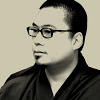






































































































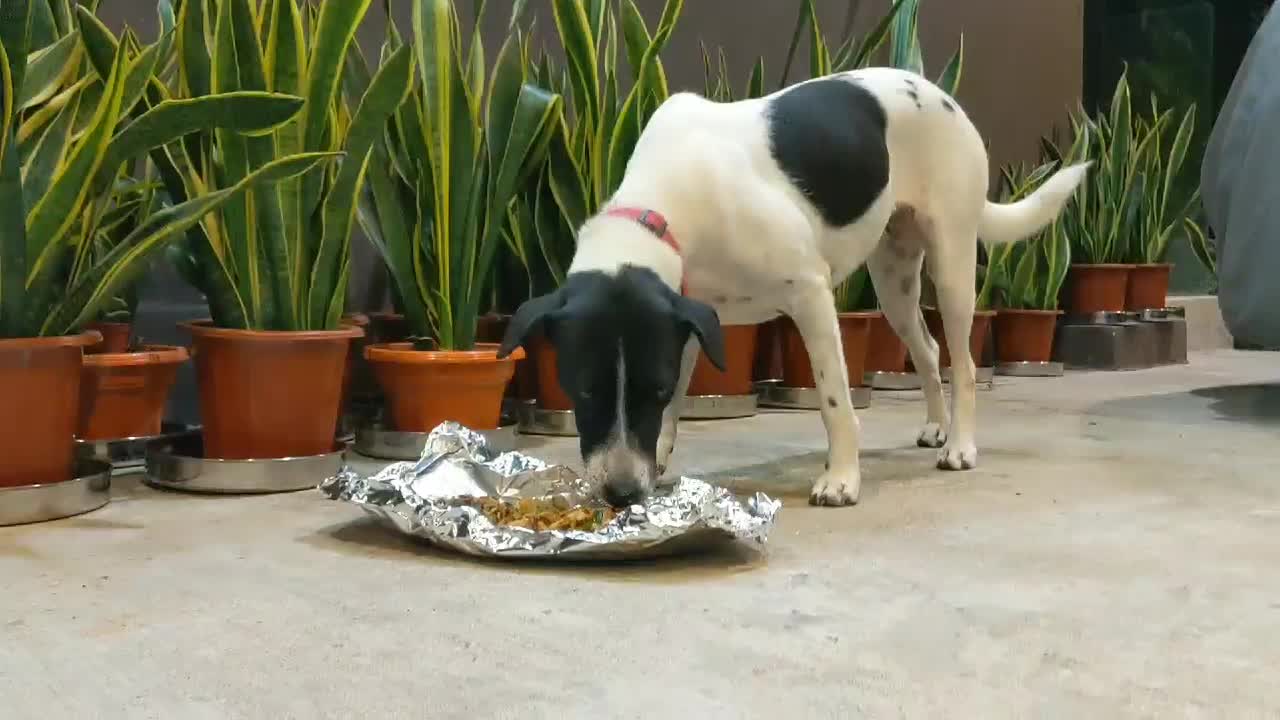
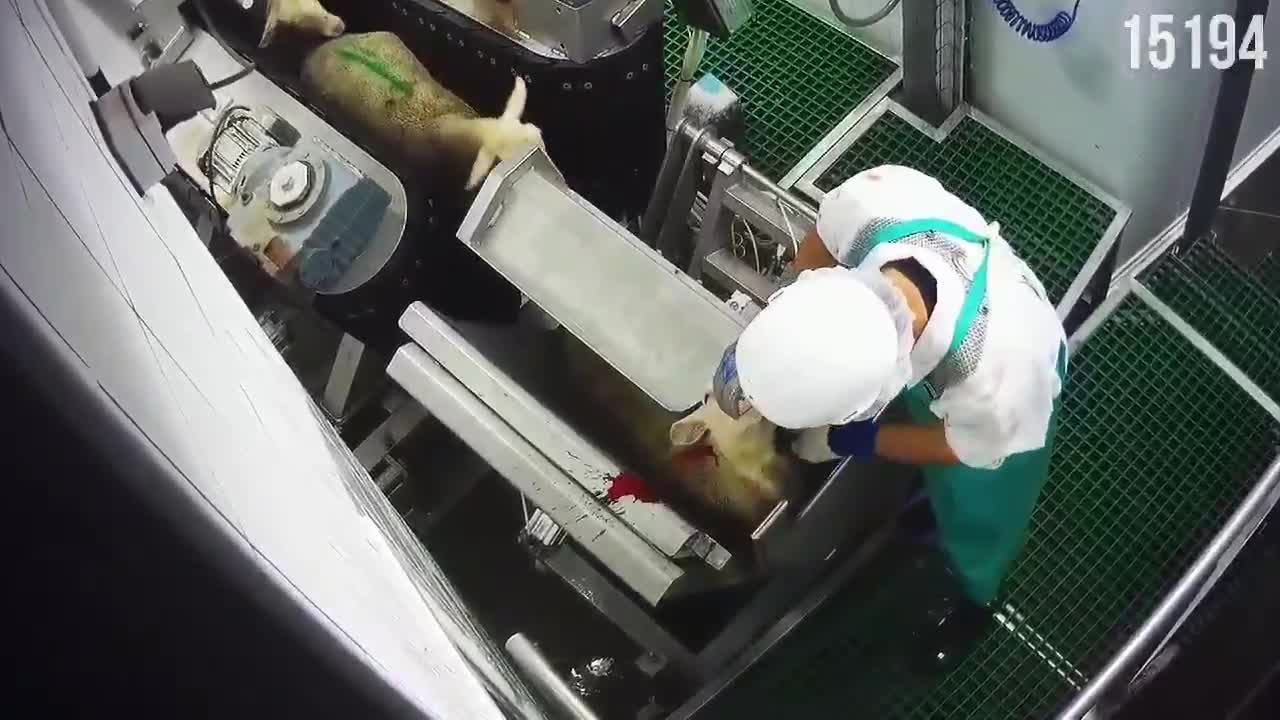

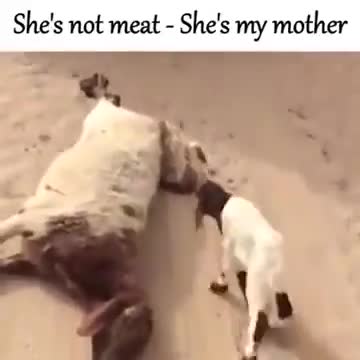
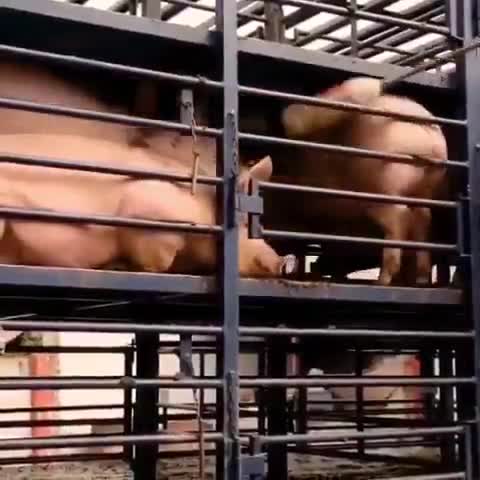

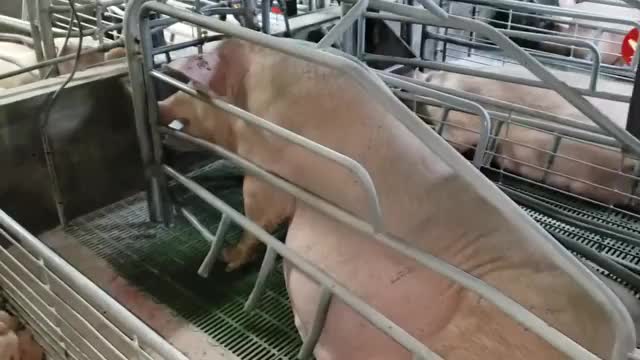
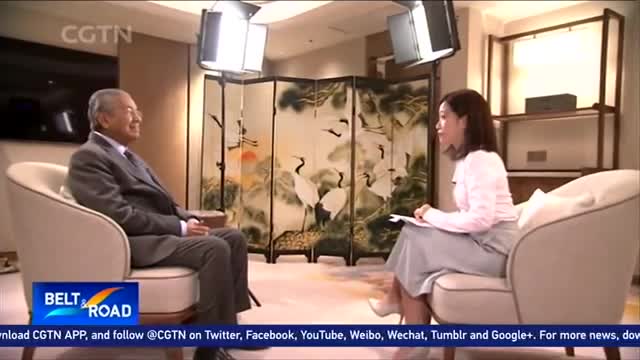
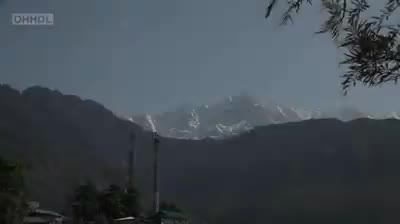
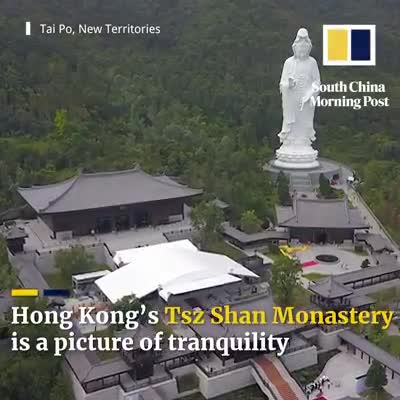

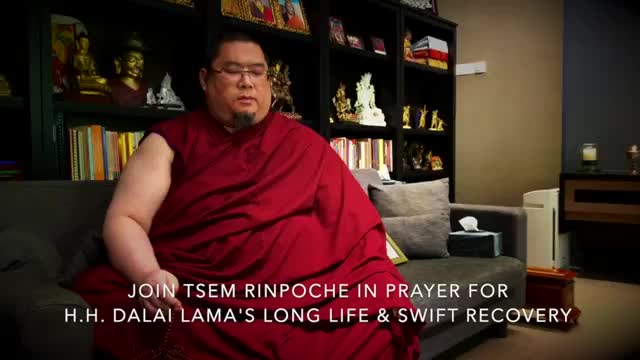
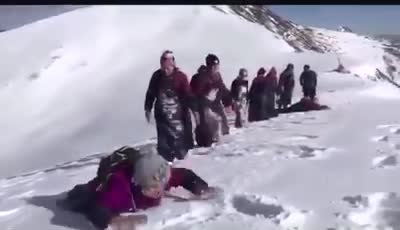
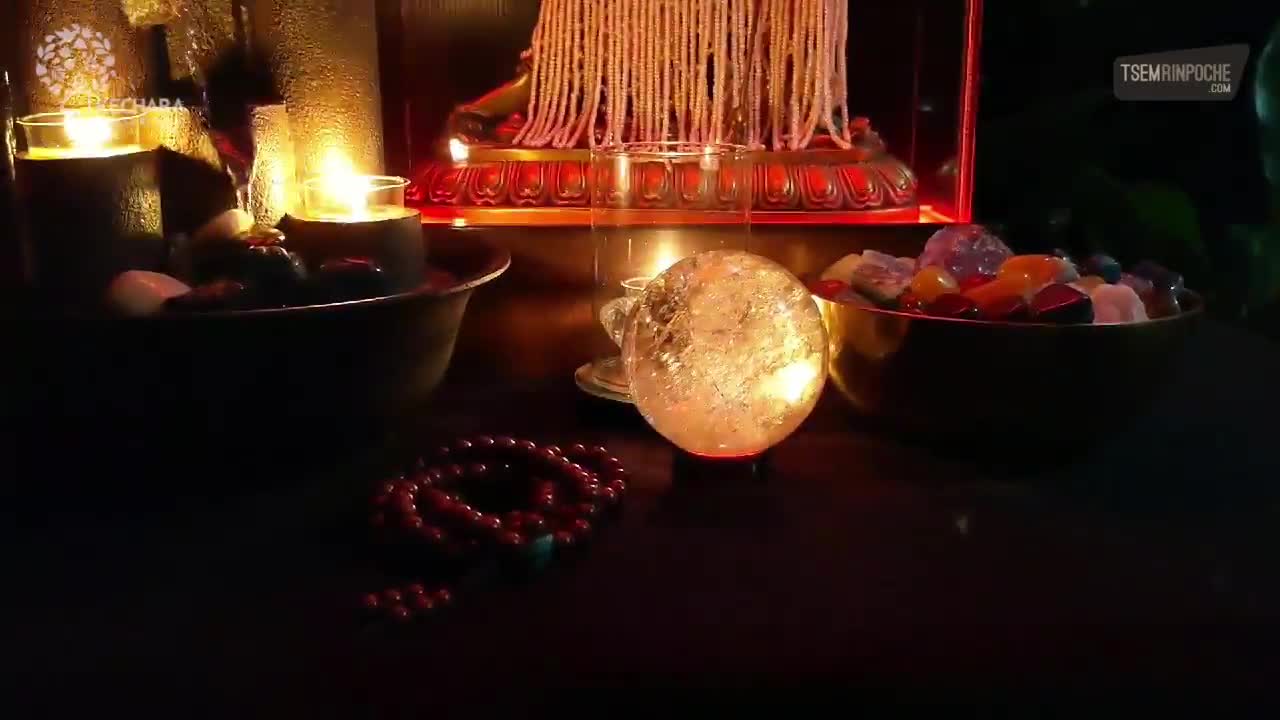

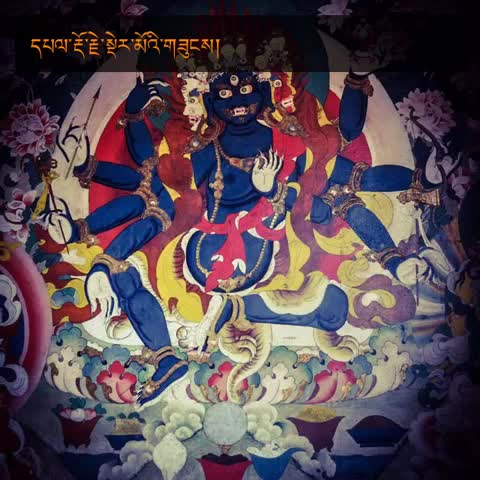
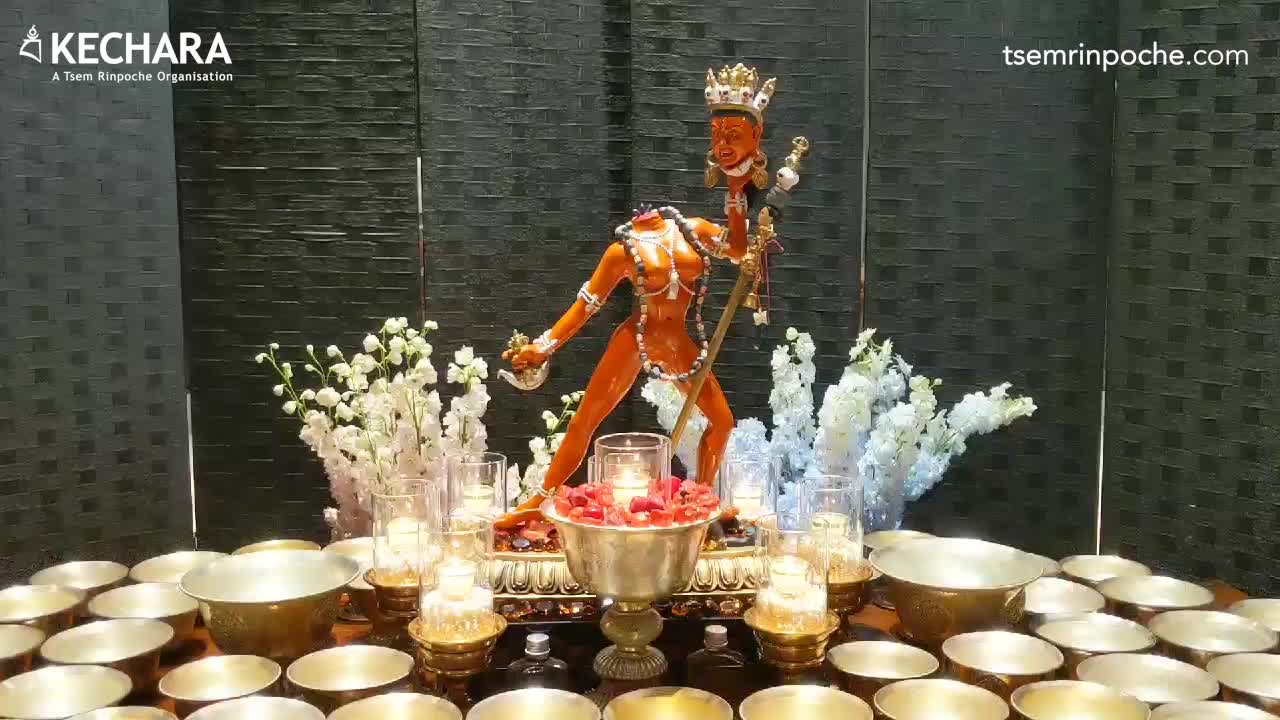





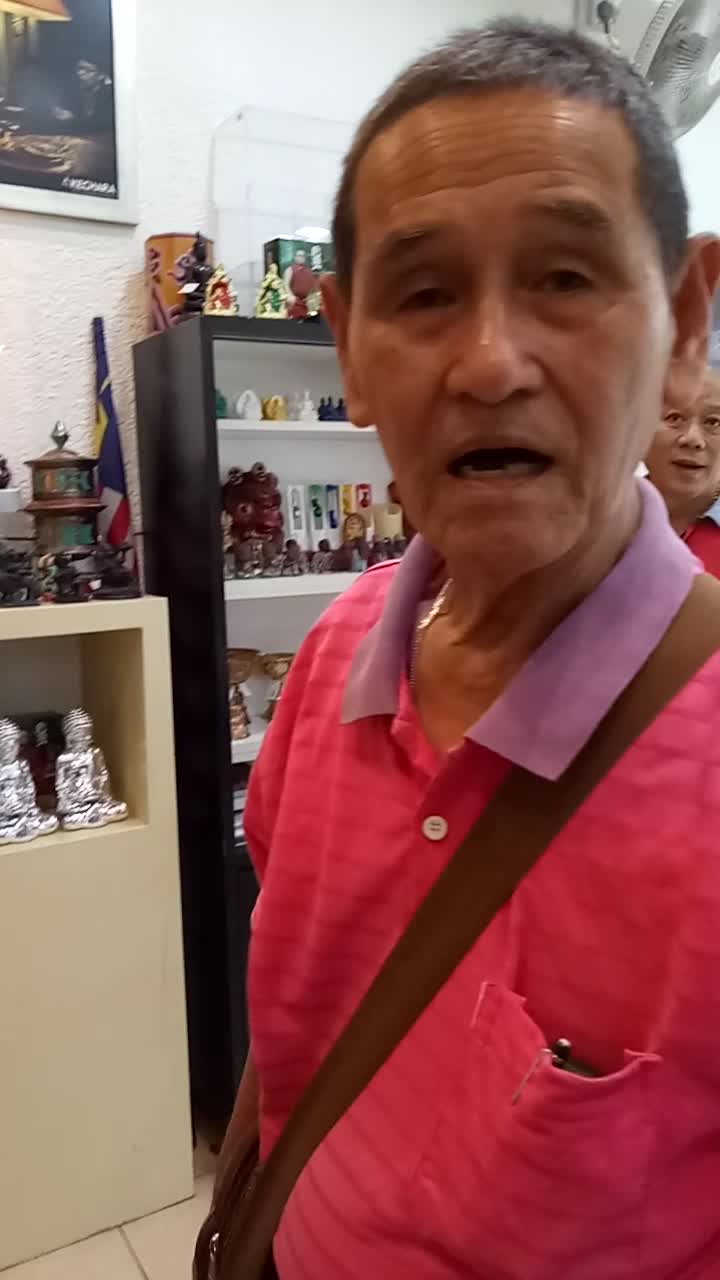







































































Dear Demian,
Thank you for your interesting questions. I have answered your questions in sections. Please see below:
A) In regards to the Remati sisters, there are some differing classifications. Palden Lhamo in her aspect as Magzor Gyalmo, which is the form we commonly see her in, is not part of the worldly Remati sisters, although she is often times referred to as ‘Remati’. The four Remati sisters are actually part of the 12 Tenma Goddesses.
Under Magzor Gyalmo, as part of her retinue, are the Five Tseringma Sisters or the Five Long-Life Sisters, a group of worldly goddesses. Under this group are the 12 Tenma Goddesses. This group is usually divided into three groups for the purposes of classification. One of these three groups are known as the Four Remati Sisters. Rather than being the same as Magzor Gyalmo, they are part of her entourage. As such, some people mistakenly class her as part of the Remati sisters group since she shares the name.
B) I have looked at the page you referred to in relation to the 12 Tenma Goddess. The reason you got confused is because the two lists are different. This is because different traditions name them or identify them differently. I have another source, which lists the goddesses as follows:
1. Dhagnyi Chenmo Dorje Kundrakma
2. Paldan Hari Dorje Yamakyong
3. Gangkyi Yumchen Dorje Kunzangma
4. Drokchen Khordul Dorje Geg-kyi-tso
5. Gangkar Shamey Dorje Chenchikma
6. Kharak Khyungtsun Dorje Pelgi Yum
7. Serchen Khading Dorje Lumo
8. Mari Rabjam Dorje Drakmo Gyal
9. Kongtsun Demo Dorje Pokham Kyong
10. Tsenla Laro Dorje Menchikma
11. Mentsun Chenmo Dorje Yamosil
12. Yuyi Drilbu Dorje Zulema
As mentioned earlier, the exact names of the goddesses will differ slightly amongst the various traditions. This is not to say that they are not the same, it is just that their names appear differently.
C) When you recite prayers, you can recite in whatever language you are familiar with. For example, in my own daily practice I used to recite only in English. Now that I have become a little more familiar, I recite in Tibetan as well. However, it is not a rule that the prayers must be recited in Tibetan. When the meaning behind the prayers and the motivation from the side of the practitioner is good, then prayers work. Some people prefer to recite in Tibetan because there is flow and rhythm to the prayers, compared to the English translation but this is not necessary. You can recite in any language you are familiar with.
D) Nyenchen Thanglha is a deity that is indigenous to Tibet. In fact he is the mountain god of the Nyenchen Thanglha mountain range and interestingly is the god associated with the plateau upon which the Potala Palace is built on in Lhasa. When worldly deities are bound by an enlightened being, they stay bound. When stories relate that they were bound again, this actually means that they retook their oaths or promises in front of other enlightened beings. This is somewhat similar to practitioners re-taking their vows, for example their refuge, bodhisattva and tantric vows, in order to repair them. So this does not mean that the enlightened beings are not powerful, but from the side of the god, that he made his oaths again.
E) In regards to Dorje Yudronma divination it is better to have the received the necessary empowerments, permission and commentaries from a Guru before engaging in the divination. This is to ensure that the practitioner has the qualifications to engage in the divination successfully. It is also advisable that one train under the guru to understand everything about the divination method before starting to practice on your own.
F) Dorje Legpa and Nechung are not the same deity. Nechung is known to be a Gyalpo spirit, whereas Dorje Legpa is actually a Theurang spirit. Therefore they are two entirely different beings. Dorje Legpa is actually part of the ‘Ma Za Dam Sum’ or the ‘Three Terma Protectors’ who are propitiated mainly in the Nyingma tradition. You can read more about Dorje Legpa here: https://www.tsemrinpoche.com/tsem-tulku-rinpoche/buddhas-dharma/dharma-protectors-of-tibetan-buddhism.html. In regards to Nechung, you can read more here: https://www.tsemrinpoche.com/tsem-tulku-rinpoche/buddhas-dharma/nechung-the-retiring-devil-of-tibet.html. As for why prophecies from the Nechung oracle can be mistaken, please see my previous replies to you. If I remember clearly, I have given some possible reasons already.
G) You are correct that Yamantaka is an emanation of Manjushri. His consort is actually known as Vajra Vetali and is an emanation of Saraswati. Yamantaka and Vajra Vetali are in the form of a Yidam or meditational deity. Yamantaka/Vajra Vetali’s practice belongs to the Anuttarayoga tantra or Highest Yoga Tantra. Through this practice one can gain enlightenment in just one lifetime.
In the case of Palden Lhamo, she is also an emanation of Saraswati but in the form of a Dharma protector. The role of a Dharma protector is to clear obstacles and provide the necessary conditions for practice. Their practice does not lead to enlightenment, but aids practitioners so they can concentrate on the practices that DO lead to enlightenment. This includes the Yidam practice of Yamantaka as mentioned above.
Palden Lhamo is known as the consort of Mahakala, which is true. There are actually over 75 different forms of Mahakala, all of whom are emanations of different Buddhas. For example Four-Faced Mahakala is an emanation of Manjushri in the form of a protector. Six-Armed Mahakala on the other hand is an emanation of Chenresig. Therefore Palden Lhamo can be the consort of Mahakala.
H) Torma itself is an offering of food to the Buddhas. Therefore traditionally it is made of food substances, which usually include barley flour and butter. There are actually a lot of different uses and variety of torma for different purposes. The most common form of torma is the one associated with the row of sensory offerings offered on one’s altar. This can be replaced with a pack of biscuits if you like. Other people replace this with a fixed torma offering. These are the plastic ones you have come across. Most commonly, these are used for fixed sensory offerings on one’s altar to represent the offering of food.
I) There are many different ways to make a prayer wheel. You are right that for traditional prayer wheel mantras were written with very good ink or gold if the mantras were handwritten. These days however, I believe that people print out the mantras necessary rather than write them by hand. If you would like to know more about prayer wheels and their construction, you should get hold of the book ‘Wheel of Great Compassion’ by Lorne Ladner. This book explains the manner in which one can create their own prayer wheel. I have not read the book myself but am told it includes the information you would need for this.
J) In regards to politics, I am not familiar with the current elections to possibly make an informed decision. From a Buddhist perspective however, a good candidate would be the one who promotes peace, harmony, well-being and religious harmony. You should not support those that perform dubious actions, lie, cheat or who persecute others. Instead support those with positive qualities.
K) In regards to Nechung’s history, yes he is considered a very powerful deity. There are differing accounts to his origin, some say he was a war god from Mongolia while others say that he was an ancient god from Persia. However, in both accounts he came to Tibet and was very powerful. Then he was subdued by Guru Rinpoche who bound him by oath to serve the Dharma. You can read more here: https://www.tsemrinpoche.com/tsem-tulku-rinpoche/buddhas-dharma/nechung-the-retiring-devil-of-tibet.html
L) In regards to the last section of your questions, the links you have provided are from an unreliable source. The whole purpose of this website is to deride Buddhism in all its forms as something negative. This is obviously not the case. The rituals associated with 4-Armed and 6-Armed Mahakala would have been used to clear obstacles. This would have been portrayed as a spiritual battle. What the protectors would actually have been battling against would have been the negative karma of the people at the time.
In regards to the nine-headed demon, I do not believe that it would have been Rahula because Rahula is oath bound, which means he would not go against an enlightened being. This means he would definitely not fight with any of the Mahakala protectors. When they refer to the nine-headed demon, it does not refer to Rahula. I hope this helps.
Thank you.